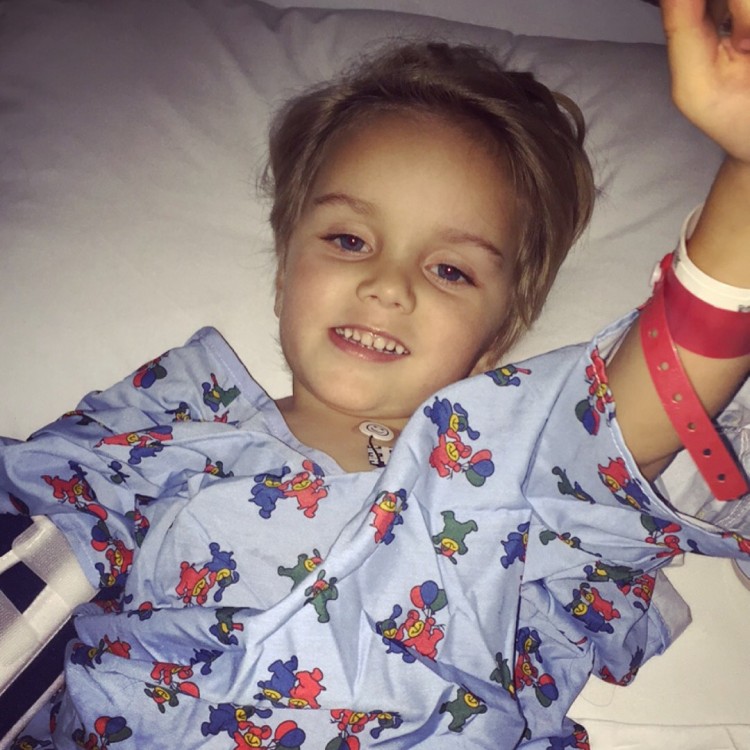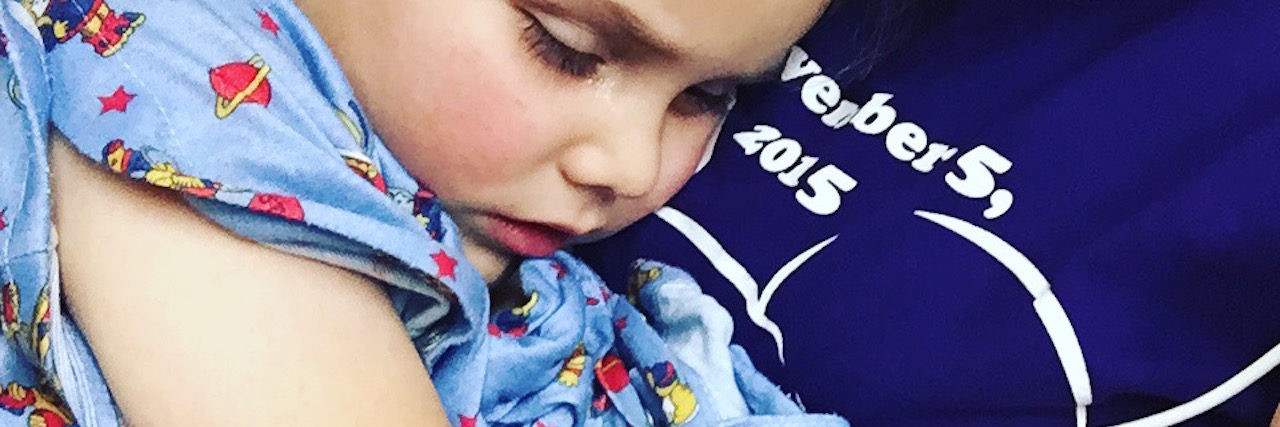
The last eight months have been nothing short of exhausting. In November of 2015, Dravet Syndrome pulled the rug out from under us, and we are still struggling to get back up. My sweet boy has gone from having one to two seizures a month, to now having 15 in a day some days. He has clusters of tonic clonic seizures every few days, and we never know how bad a particular day is going to be. I have seen his right side get progressively weaker, since that is the side he seizes hardest on. He has had seizures during sleep, in the pool, while eating, at the top of the stairs…pretty much every extremely dangerous scenario I could have imagined. He missed so much school this year, due to being constantly sick, or having multiple seizures in the morning while trying to get ready. We have tried medication adjustments, supplements, diet adjustments, cannabis, so far with no real relief from any of these measures.
In the past eight months I have gained a perspective for how truly devastating this disorder can be. Now, instead of counting seizure freedom by the weeks, some days we count it by the hour. Thankfully, despite all of this, he’s still our Shayne. His language has drastically improved this past year, as well as his interactions with his baby sister. Despite all of the “bad days” and hospitalizations and all of the many many seizures he has had, he keeps smiling and persevering. He is hands down the strongest person I know. He inspires me, and I hope his story can inspire others as well.
In honor of Dravet Awareness Day on June 23rd, I wanted to write about what Dravet means for our family. Dravet is a word I avoided for a long time. When we first got the results from Shayne’s genetic testing, I googled everything related to SCN1A mutations and came to the conclusion that Dravet was terrifying and the worst case scenario. We found out he has a nonsense mutation in SCN1A, that was detected by my very own work. When his doctor at the time assured us that clinically Shayne did not have Dravet, I felt so relieved. I pushed it out of my mind, and even felt defensive when I would tell people about his genetic mutation and they would say, “Oh, so he has Dravet, right?” It wasn’t until he was 2 years old and we saw our current epileptologist that he finally referred to him as having Dravet Syndrome. I immediately felt sick with worry after that appointment. It was as if something had changed, even though nothing had, just two simple words on a paper. But somehow those words implied a different outcome. They caused me to believe he was suddenly so much worse off. The worst part is that in my heart, I knew it all along. Those two words have caused me a lot of grief, but along the way I’ve also gained some understanding.
It has taken me a long time to accept that a diagnosis is a good thing. It grants him access to services he needs to help him thrive, and it establishes that what he has is different than other seizure disorders.
So what is Dravet? If you do a quick google search, you come up with some scary definitions. Most include the term “catastrophic.” As time goes on and more kids receive genetic testing, that definition is changing. Dravet itself is a spectrum, and unfortunately there is no real way to predict an individual’s outcome. No two cases of the disease are the same, so even finding another child with the exact same mutation as him would not give us much information (and so far we have not found another child with his same mutation). Dravet is a rare epilepsy syndrome, with a population frequency of about 1 in 22,000. I recently read an article that put that in the context of other genetic conditions: Down Syndrome occurs in about 1 in 800, cystic fibrosis (CF) is about 1 in 3,000. That means if you filled up Staples Center you would have about 25 people with Down Syndrome, six with CF, and maybe one with Dravet. He will have the condition his whole life, and it affects nearly every aspect of his life. Along with seizures that have multiple triggers and cannot be controlled with medication, he has issues with his autonomic nervous system (affecting his ability to regulate his internal body temperature), sensory integration issues, speech and language delay, behavior issues, and other learning difficulties. We have already seen aspects from each of those areas start to affect him, mostly within the last year.
Dravet can also come with orthopedic issues, growth and nutrition problems, sleep difficulties, and chronic infections — that list we have managed to (somewhat) avoid so far. His seizures are not benign, and cognitive and physical decline is correlated with seizure control. He requires 24/7 supervision, due to the danger having frequent and uncontrolled seizures puts him in while performing simple every day tasks (like eating). He also has an increased risk of sudden unexplained death in epilepsy (SUDEP) due to the intractable nature of his seizures. There it is. It’s a long ugly list, but it’s reality.
So now that all the scary stuff is out of the way, here’s the good stuff: He is funny. And smart. And handsome. And so sweet. And affectionate. And social. He has an incredible memory; you cannot promise him something that you don’t intend on following through with. He will remember and remind you until it happens. He loves music and dancing and going out to restaurants or to the movies. We call him FOMO because he truly has a fear of missing out. He loves his family, especially his baby sister. Although “Master Shayne” can be quite bossy at times, he also has an infectious smile and laughter.
We don’t know what his future looks like. We don’t know how much independence he will have, or how much help he will need one day. All we can do is be happy with how he is today.
The other day he was running around the living room with a pink fedora on, humming very loudly to the music in his head. I stood there watching him and I had a moment of clarity. Normally I would be stressed out that he is running around being loud, but this time I just watched him in awe.
This time I was grateful that he has the ability to run around the living room. I was thankful to see him so happy, just being a kid.
I spend so much time thinking about scary outcomes and worrying what life is going to look like for him later on down the road, that I forget to savor these moments. I forget that each day (or even each hour) without a seizure is precious, and cause for celebration! Each new word or phrase he learns is something to be excited about. Dravet has given us a serious dose of perspective. It has showed us that the “worst case scenario” does happen sometimes, but you just have to deal with it. I’ve had people tell me, “You are so strong. I don’t know how you do it.” Believe me when I say I’m no different than anyone else. I’m just a mama who loves her son, and I do what I have to do to take care of him. And I want what all moms want — to see her child happy, and for him to feel loved and cared for. Yes, I have had to think about things that most parents don’t have to think about. Yes, we spend so much time working on basic skills that often come easily to other kids. Yes, I have faced a time where I thought I could lose him. I have watched my husband perform CPR on him and I have suctioned food out of his mouth so he wouldn’t choke or aspirate. But at the end of the day, I’m just a mom who is doing what I have to do to ensure my son has the best life possible.
Follow this journey on Our Journey With Epilepsy
The Mighty is asking the following: Tell us one thing your loved ones might not know about your experience with disability, disease or mental illness. What would you say to teach them? Check out our Submit a Story page for more about our submission guidelines.

